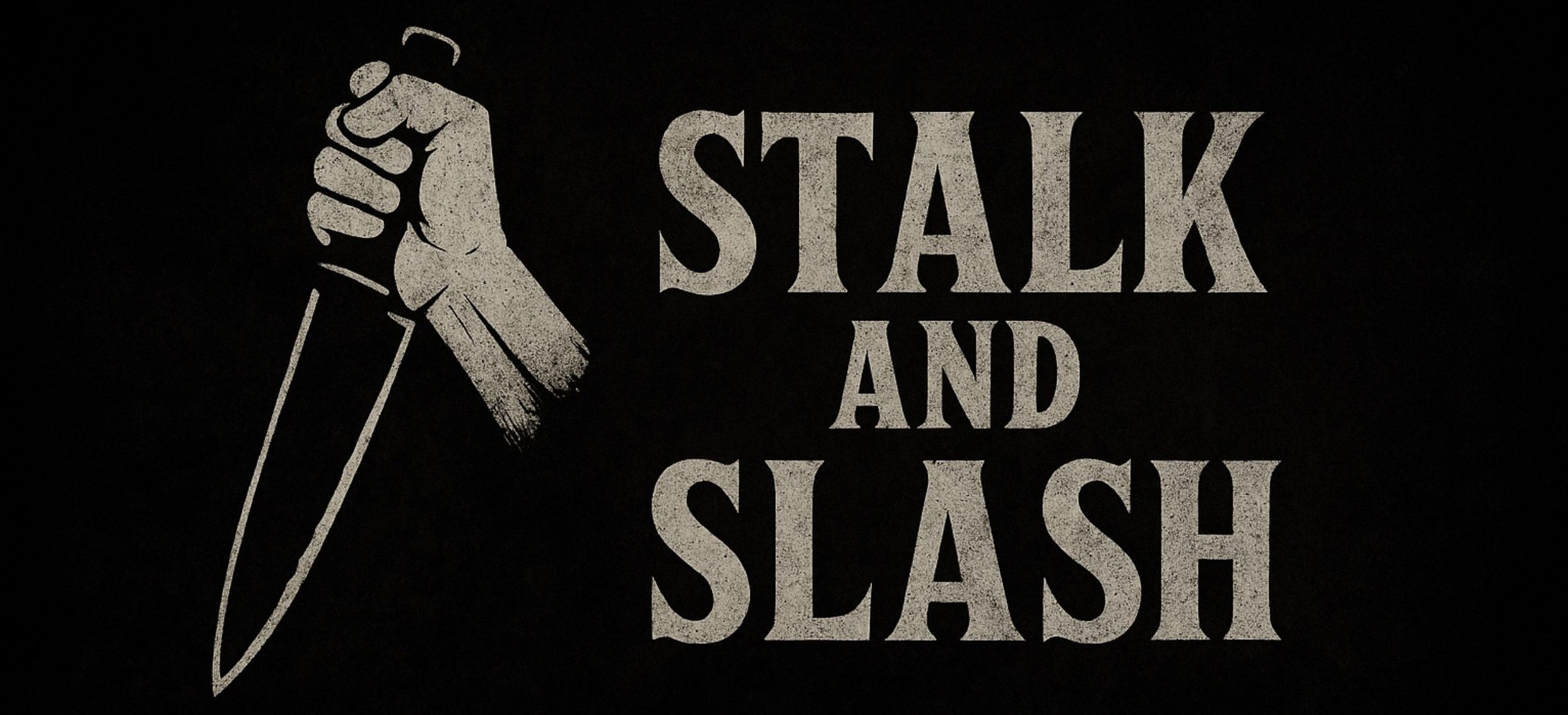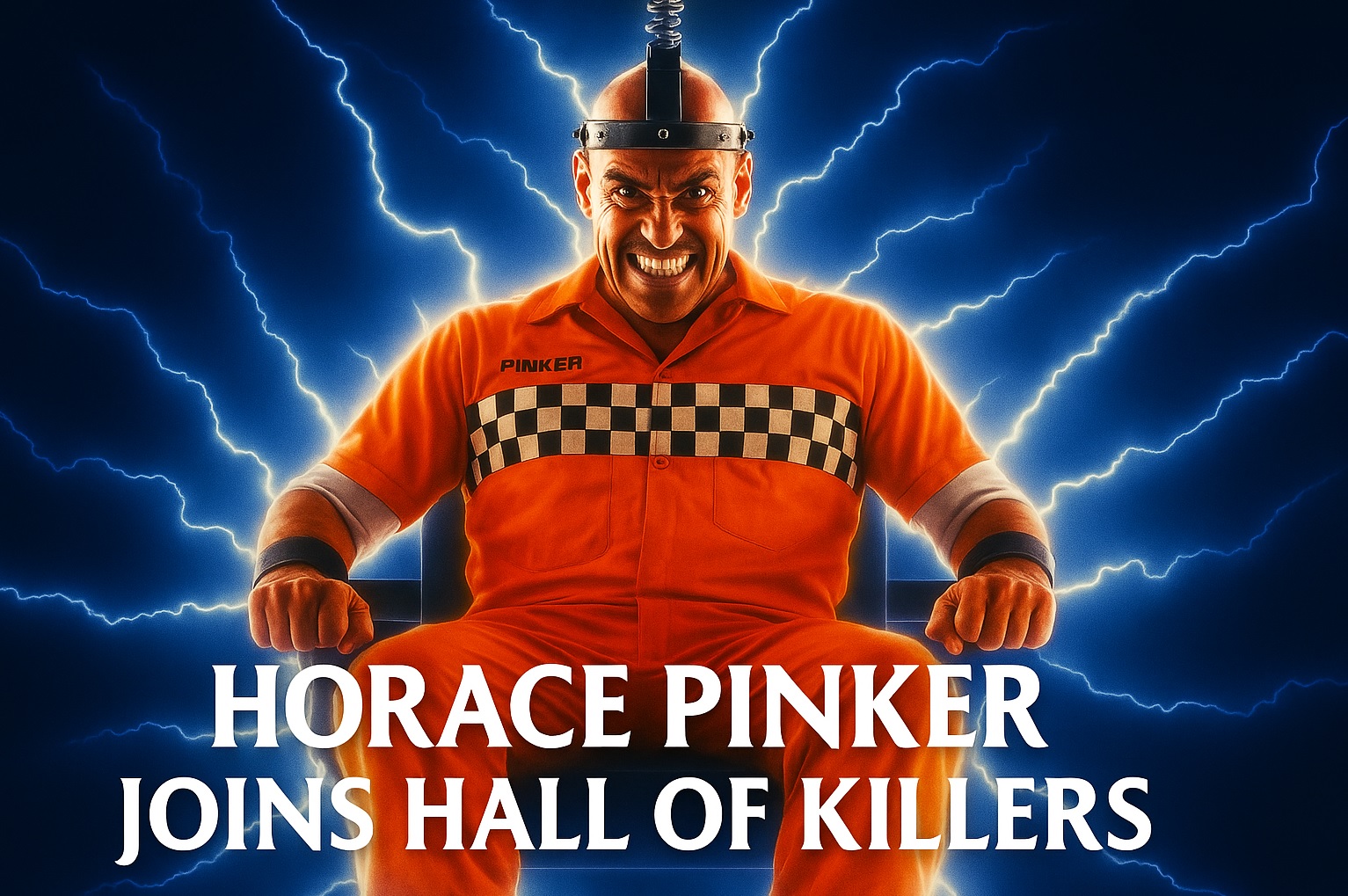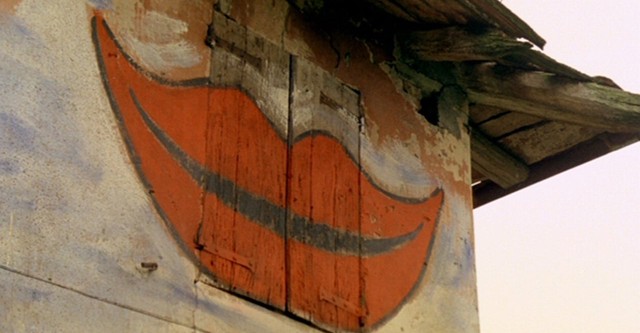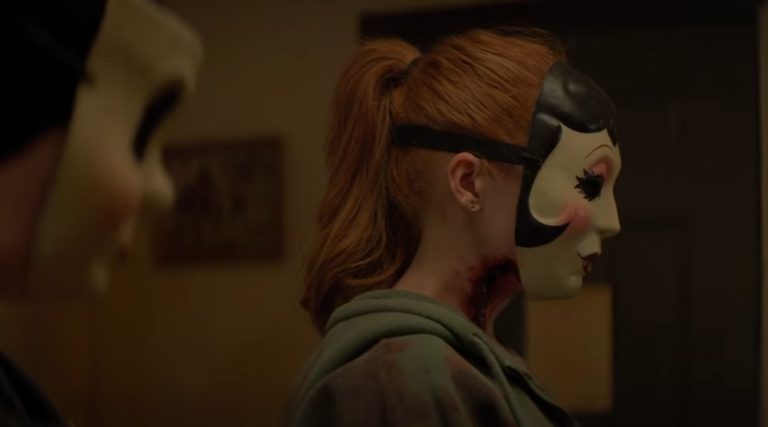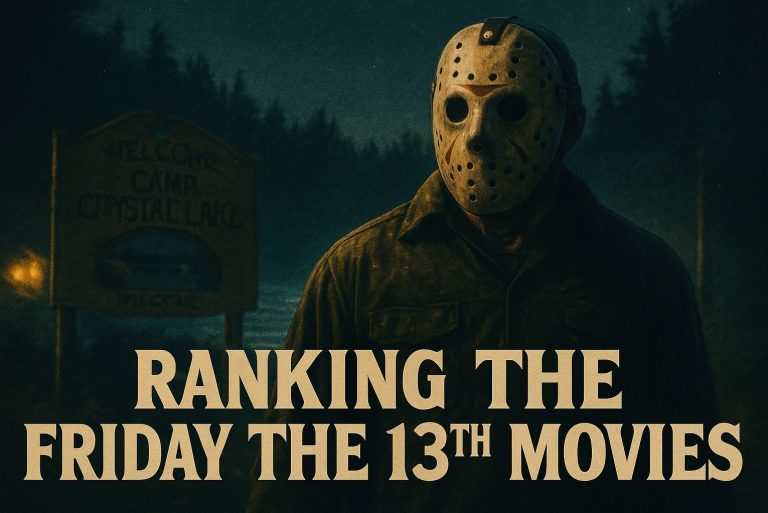Horace Pinker: Electric Terror Joins the Hall of Killers Second Class
The Hall of Killers has gained a jolt of raw electricity with the induction of Horace Pinker, the snarling villain from Wes Craven’s 1989 film Shocker. While Pinker may not have achieved the mainstream fame of Freddy Krueger or Michael Myers, his blend of brutality, camp, and supernatural menace has ensured him a loyal cult following. Now, his legacy is officially recognized as he joins the Hall of Killers’ Second Class ranking.
A Wes Craven Original
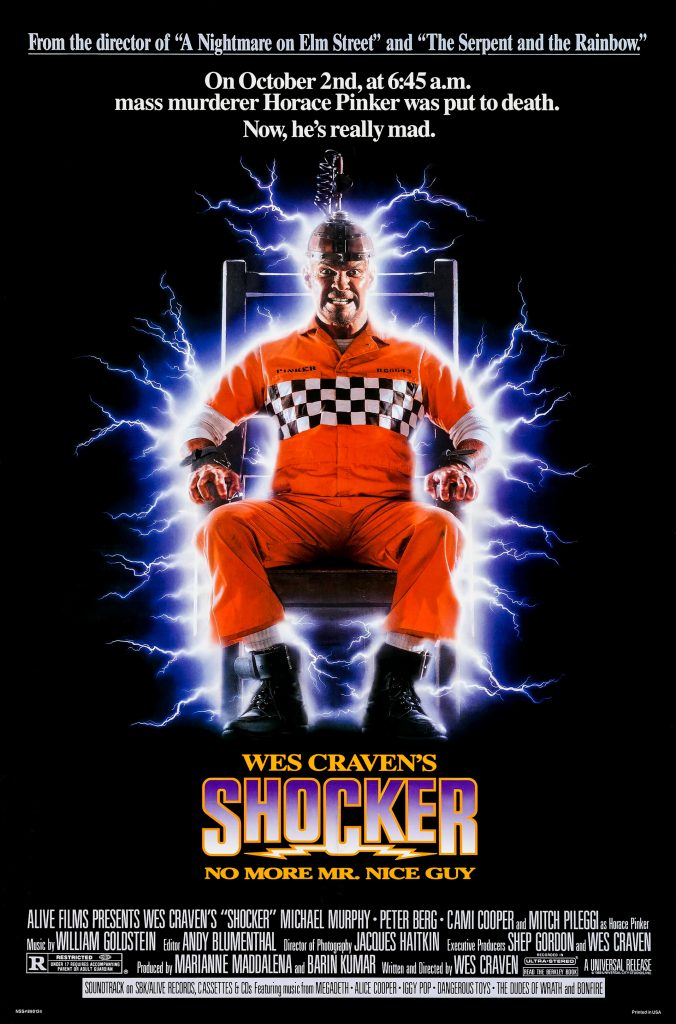
Horace Pinker was born from the mind of legendary horror director Wes Craven, who had already cemented his name in the genre by creating Freddy Krueger. Craven wanted to capture lightning in a bottle again — and in a way, he literally did.
Portrayed by Mitch Pileggi (best known later for The X-Files), Pinker begins as a sadistic TV repairman and serial killer. His crimes are vicious, his personality larger than life, and his sheer hatred for humanity makes him instantly detestable. When finally caught, his sentence seems inevitable: death in the electric chair. But in a twist befitting Craven, electricity doesn’t kill him — it transforms him.
Pinker absorbs the power, becoming a supernatural entity capable of traveling through television sets, electrical currents, and household appliances. In an era when technology was rapidly changing, the idea of a killer who could come out of your TV was chillingly effective.
Personality and Presence
Unlike many horror killers who remain silent or shrouded in mystery, Horace Pinker was loud, brash, and unapologetically aggressive. He taunted his victims with cruel one-liners, carried himself with swagger, and leaned into the theatricality of his newfound powers.
This mix of menace and dark humor gave Pinker a distinct identity. He wasn’t just another slasher — he was an unhinged showman, a villain who thrived on the spectacle of fear. It’s no wonder that horror fans embraced him, even if mainstream audiences never quite caught on.
Horace Pinker – Why Second Class?
The Hall of Killers separates its icons into tiers, and Pinker’s induction into the Second Class tier is fitting. Second Class isn’t about being “lesser” — it’s about celebrating killers who may not have achieved franchise status or mainstream superstardom but who nonetheless shaped the genre in unforgettable ways.
Pinker embodies that spirit. Shocker may not have launched a sprawling series like A Nightmare on Elm Street, but its villain left a lasting impression. His outlandish concept — a killer powered by electricity and capable of moving through screens — feels even more relevant today, in an age dominated by technology and screens.
Check out his page here – Horace Pinker
Cult Legacy
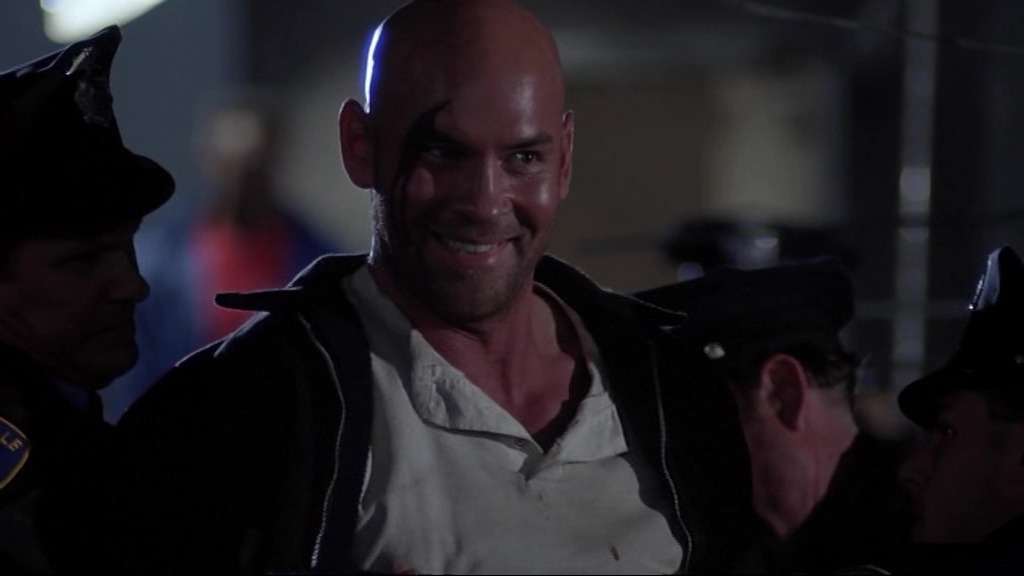
Over the years, Shocker has earned its place as a cult classic, and Horace Pinker’s larger-than-life persona is a big reason why. Fans continue to celebrate his outrageous kills, bizarre supernatural powers, and Mitch Pileggi’s committed, snarling performance.
For horror enthusiasts, Pinker represents an era of bold, experimental horror — when filmmakers were willing to push boundaries and take risks with bizarre, genre-bending concepts. He may not stand shoulder-to-shoulder with Freddy in terms of cultural impact, but his uniqueness makes him just as important in the broader tapestry of horror history.
Final Thoughts
Horace Pinker’s induction into the Hall of Killers’ Second Class ensures that his legacy remains alive and crackling with energy. He may not have conquered the box office, but he conquered the imaginations of those who craved something stranger, wilder, and more electric.
Now immortalized alongside horror’s other dark icons, Pinker stands as proof that sometimes the killers who burn the brightest aren’t always the ones who shine the longest — but they leave their mark all the same.
